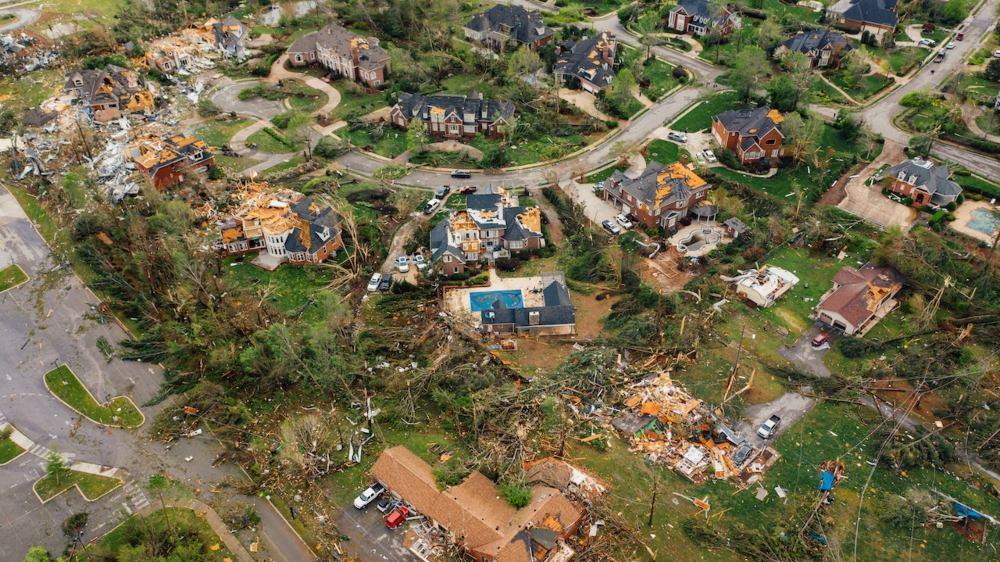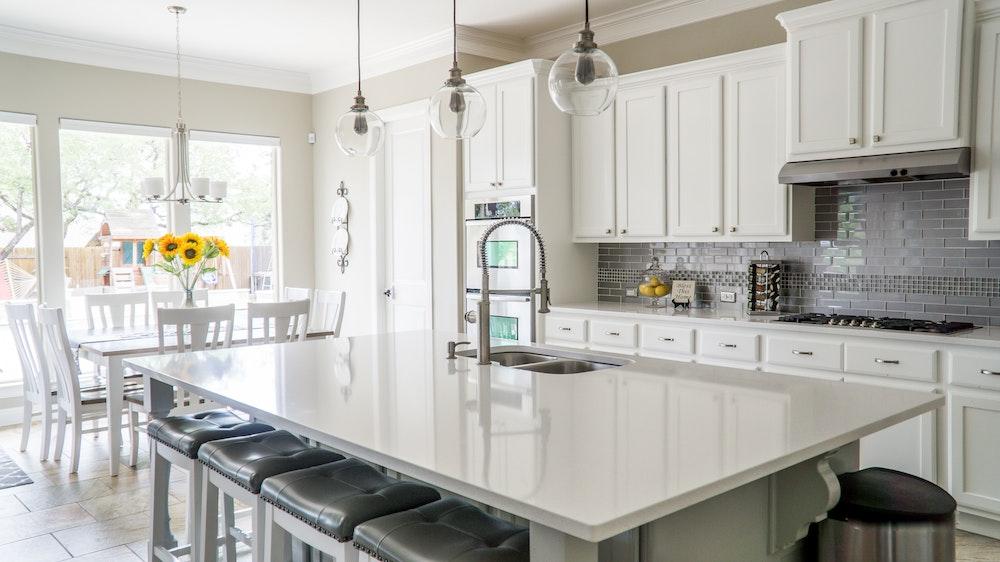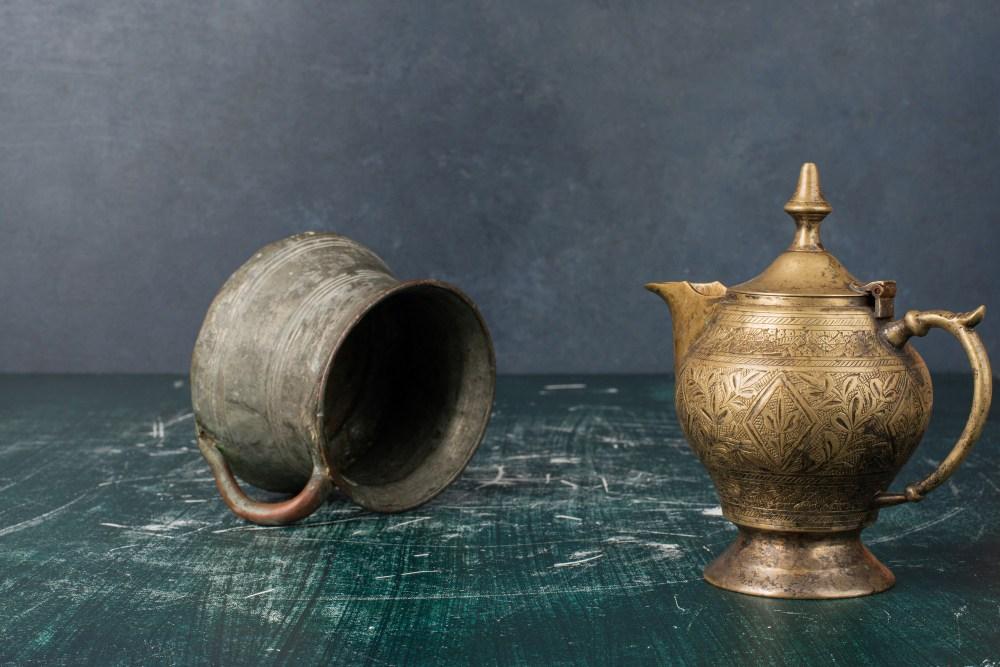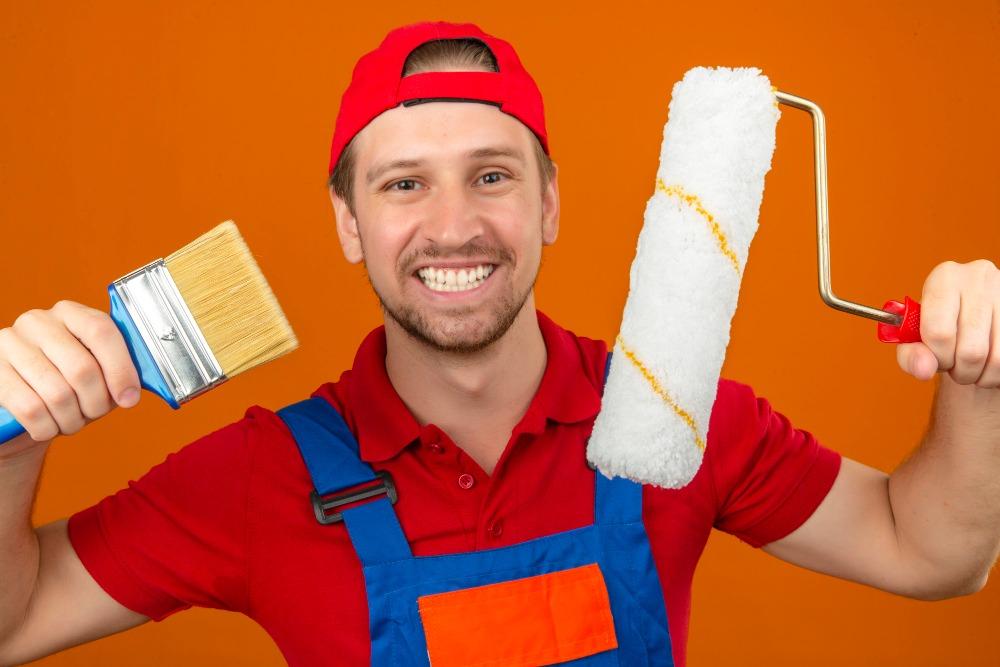Windows are an easy target for hurricanes and tropical storms. They can cause a building’s structural integrity to fail, leading to catastrophic damage.
Many homeowners have resorted to barring their windows with plywood sheets, which is costly and inefficient. These boards also detract from a home’s curb appeal.
Table of Contents
Hurricane Fabric
Using plywood sheets over glass windows and doors is a cheap and effective hurricane protection option. However, it may not prevent water penetration during a storm that could cause extensive (and costly) damage to furnishings and merchandise inside.
Hurricane fabric is a resin-coated hybrid fabric delivering unparalleled hurricane window protection. It delivers “full envelope” protection of your home or commercial property against hurricane-force winds. It prevents the rapid pressurization that can rip the roof off your building, resulting in catastrophic damage.
The translucent material allows natural light into your home, reducing the need for candles and flashlights. Hurricane panels also have smooth edges, making them easier to handle than metal and aluminum storm panels, which often have rough, dangerous edges. They also install quickly and easily with a grommet and wing nut system.
Laminated Pane of Glass
Similar to the glass used in car windshields, laminated hurricane windows consist of two panes of glass with a thin but solid layer of polyvinyl butyral (PVB) or another interlayer in between. If your hurricane impact windows break, this middle layer is designed to catch the shards so they don’t fall inward and cause injury. This window type also breaks into small pebbles instead of sharp shards, reducing the chance of injury during clean-up and injuring people or animals who might come into contact with them.
Sometimes, an airtight seal is added to the window, insulating it and lowering energy bills for homeowners in colder climates. The middle PVB or plastic resin also helps reduce outside noise by absorbing it. This is especially useful for homeowners near busy roads or cities. In addition, laminated hurricane glass reflects UV rays and decreases the amount of sunlight that enters a home, protecting interior furnishings from fading and premature wear.
Shutters
Shutters protect your home from debris carried by wind-driven projectiles and help prevent pressure shifting that can result in further damage when windows break during storms. They come in several styles, including panel shutters that install over the window and are secured with bolts or tracks, accordion shutters that fold flat across the span of the window, and rolling shutters that slide behind the windows on a track.
Plywood shutters are also used but should be considered an emergency solution as they have yet to be tested to withstand hurricane winds and impact from flying debris. Moreover, drilling holes into plywood can weaken it and allow water to seep through, exposing your home to additional damage.
Fabric hurricane shutters are more convenient to use but require planning so they can be put up before a storm hits. They are not as effective at reducing noise and offer no protection from burglary, but they can still be an effective storm protection option for your home in Florida.
Plywood
The traditional method of protecting windows against hurricane winds is using plywood sheets. This requires a significant time commitment to install, remove, and reinstall the plywood every time a hurricane threatens your area.
Plywood is relatively cheap, available in most hardware stores, and works well if used before the storm hits. However, it is also a very risky option. It can get wet and may warp if it isn’t covered with plastic, and it is ineffective in blocking the high wind speeds and debris that can cause damage to your home.
Tropical plywood is made from mahogany, birch woods, or combinations of these and is glued with heat and moisture-resistant glues. It is commonly used in furniture production and design projects because of its strength, evenness, durability, inflexibility, and resistance quality. It is also employed in stress skin applications in marine and aviation.
Also Read – The Benefits of a Content Creator Platform for Your Digital Marketing Strategy




